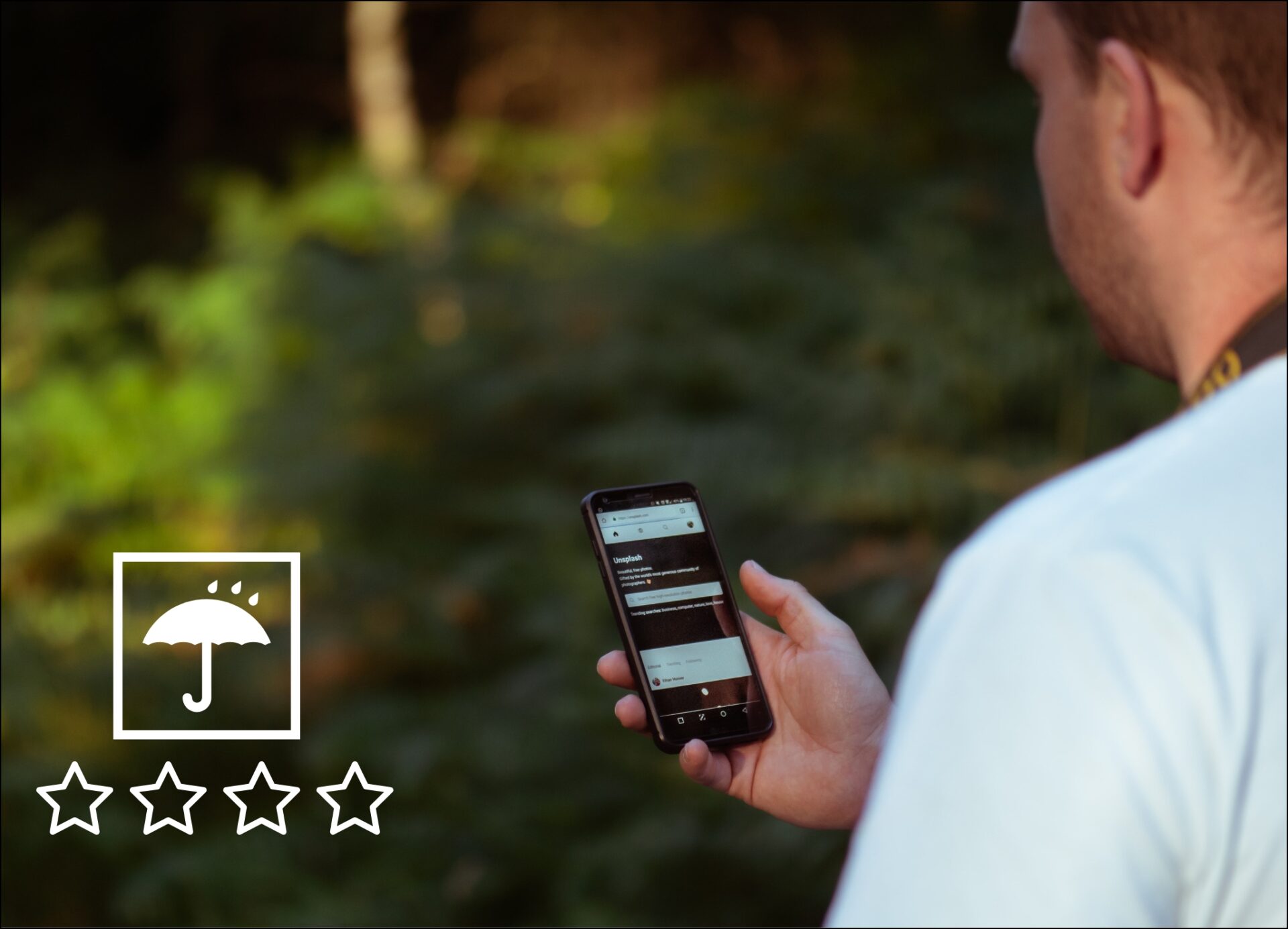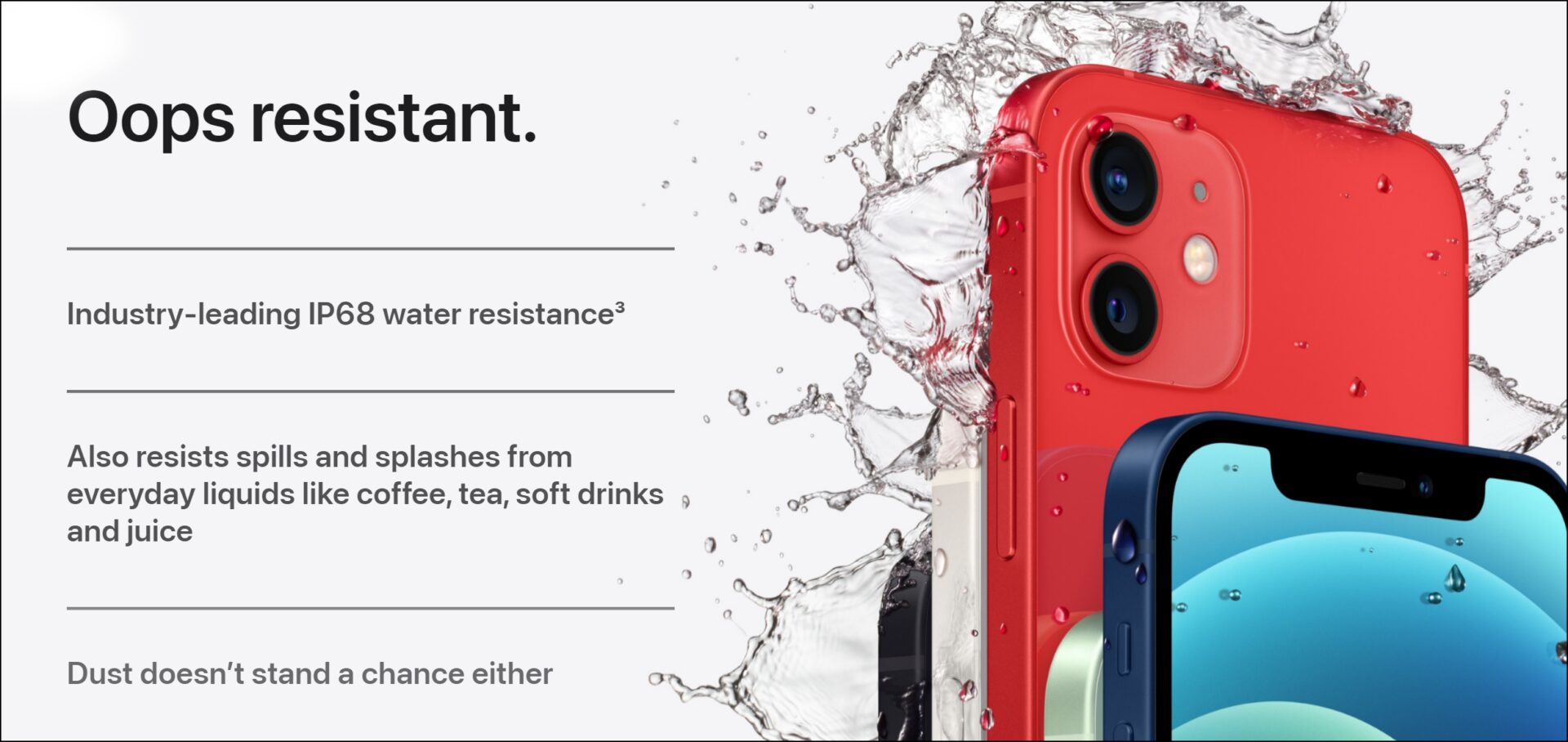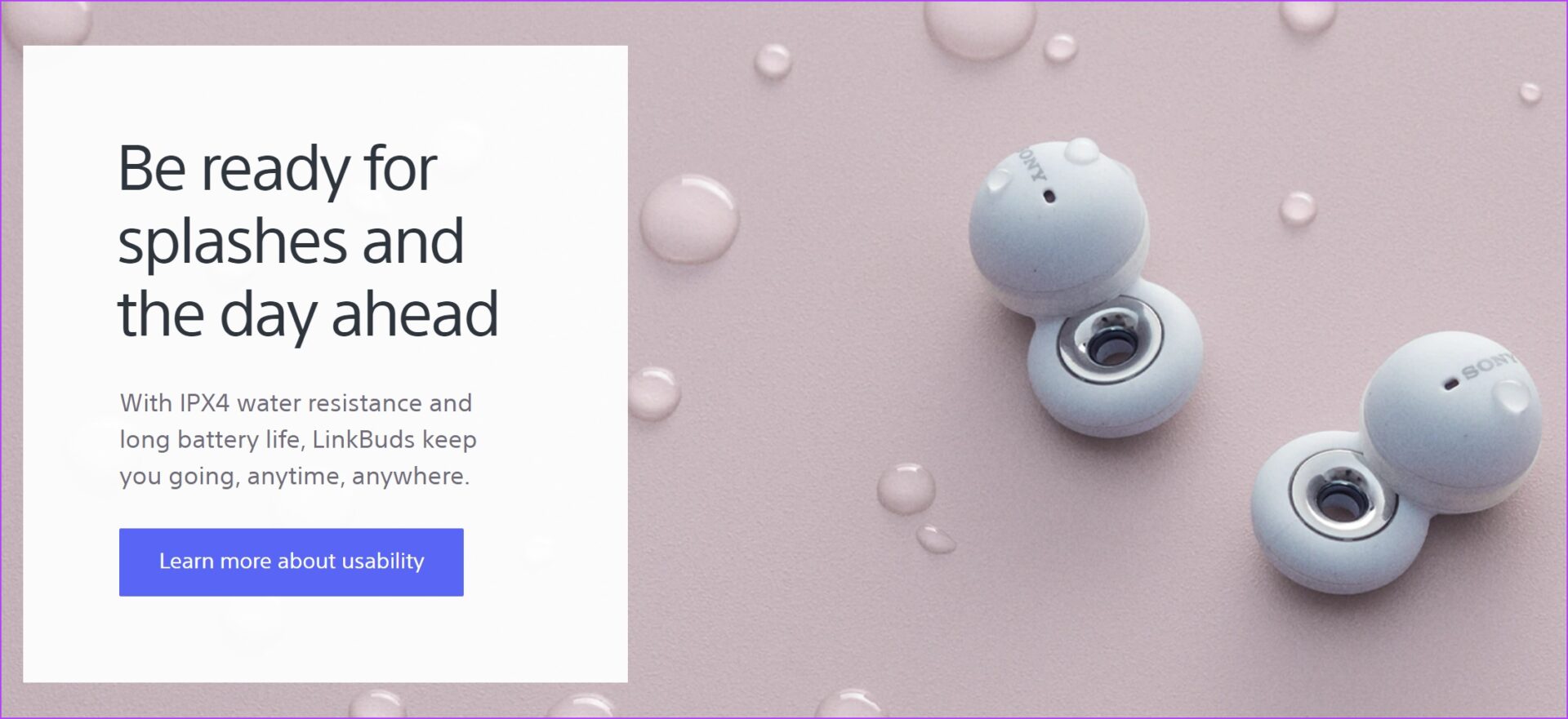Every device that has an IP rating offers some level of protection against dust and water. More importantly, an IP-rated device does not necessarily mean that they are ‘waterproof’ or ‘dustproof. Once you read this article, you will understand more about IP ratings and make an informed decision when purchasing a device for its water and dust resistance.
What Is the Meaning of IP Ratings
There are set standards to rate a device on the protection it offers against various elements. The two main standards are MIL-STD (Military Standard) and IP (Ingress Protection). Most manufacturers focus on the latter and provide an IP rating to the device based on the results of the test conducted. The IP rating is a global standard defined by the International Electrotechnical Commission and provides a metric to understand the protection a device offers against the ‘ingress’ of dust (solid particles) and (water). As you can see in the above image, Apple states that the iPhone 12 has the ‘IP68’ rating and offers protection against spills and splashes from liquids. An IP rating can be of various levels, and each term in the rating has its significance. As you read the article further, you will have a good understanding of what each term means and the level of protection that they indicate.
Understanding IP Rating Numbers
The IP rating is a combination of three different terms. The first term indicates the level of solid particle/dust resistance, and the second term indicates the level of water resistance. Lastly, there is an alphabet, signifying more information about the rating. This includes additional features like oil resistance, resistance against certain weather conditions, etc. So when you read that the iPhone 12 has an IP68 rating, it means that it offers a Level 6 protection against dust and water and a Level 8 protection against water, and now you might ask – What do they mean? And how many levels are there? To clear all your queries, here’s a more detailed breakdown of each term along with the IP rating chart.
Term 1 – Dust Resistance
There are six levels of dust protection. Each of these levels is characterized based on the size of solid particles that it can handle or offer ingress to. It is quite clear from the above table, that the higher the value of the first term in the IP rating, the tighter the protection it offers against dust ingress.
Term 2 – Liquid Resistance
There are nine levels of protection against liquids for electronic devices. These levels are based on how devices are protected against water drops or splashes arriving at different angles, speeds, and duration. However, manufacturers of consumer devices usually only consider the first eight levels of water resistance. Higher the value of the second term in the IP rating, the higher the resistance towards ingress of liquid. Although manufacturers will have to mention the specifics, say the duration and the depth at which the device can be immersed in water. This will ideally be mentioned in the spec sheet. However, some devices might be required to, and are expected to provide more water resistance than the highest level in the IP rating.
What if There Is a Need for Even Higher Water Resistance
Consider the Apple Watch Series 7 – it has an IP6X rating. The dust resistance level 6 in the IP code offers enough protection. But, the second term is denoted as ‘X’. This does not mean that it is not resistant to water at all. It means that Apple wants higher protection than the best of what the first eight IP ratings can offer. So, they omitted to add an IP rating for water resistance and wanted to use an entirely different standard. They opted for the ISO 22810 standard, and the tests involved can offer higher water resistance, at least in terms of depth. Therefore, the spec sheet of the Apple Watch Series 7 reads the following: The ISO 22810 standard can offer water resistance for up to 50 meters (50ATM), unlike any level of IP rating. While we used Apple Watch as an example, most high-end smartwatches such as the Galaxy Watch 5 use a similar multi-standard system.
Term 3: Supplementary Letter
Lastly, we have the third term in the code. Some devices are designed to protect from more elements than just dust and water like oil. The 3rd term indicates this additional protection. Hence, when manufacturers design a device that can be used in harsher conditions, they use the supplementary letter to indicate that. However, these are not necessarily present on consumer devices like phones and wearables. The above tables helped us understand the different levels of each term, and what they mean. But how are best-selling devices rated in the market today? And, what kind of usage would they protect? In the next section, you will find answers to such queries and get a more practical context to IP ratings.
IP Ratings of Best Selling Devices
Today, IP rating is more of an essential feature than a USP. Most smartphones are rated to provide a decent amount of protection. Devices like truly-wireless earbuds and smartwatches are expected to have a good enough rating, given how they are more susceptible to sweat, water, and dust. Here’s how most smartphones, earphones, and smartwatches are rated today.
Smartphones
Wondering how the best-selling and popular smartphones fare in terms of water and dust resistance? Let’s find out. Most flagship devices (iPhone 13, Samsung Galaxy S22 Ultra) have a top-notch IP68 rating. These are the highest possible levels. Mid-range and budget devices pack in an IP67 rating, whereas some devices like the OnePlus Nord 2 do not come with an IP rating at all. With the IP68 rating, your smartphone is potentially fully dustproof but cannot be completely waterproof. Manufacturers claim that devices can prevent liquid ingress from accidental spills in your daily activities but advise users to avoid swimming, taking a shower, or intentionally submerging their device underwater. Therefore at best, an IP rating for your smartphone assures protection from a few splashes and accidental spills. Although the ratings say it can protect devices from being submerged up to depths of 2-3 meters for 30 minutes, it is best to avoid such activities, at least intentionally.
Wireless Earphones
The introduction of AirPods disrupted the entire earphone industry, and almost all brands followed suit to develop truly wireless earphones. Many options are available today, but not all come with the same IP rating. Ideally, both the earbuds and the charging case have an IP rating. Since running, sports, and other fitness-related activities are the primary use cases of wireless earphones, all of them seem to have a rating for water resistance. However, most brands do not seem to test the device for dust resistance and do not publicly disclose any information either. Hence you have an ‘X’ in place. But, this does not mean they do not offer dust resistance. It is just that there is no means to quantify the resistance. However, devices like the OnePlus Buds Z are an exception. With a water resistance rating of around 4 or 5, your earbuds and charging case are expected to handle sweat, water drops, and other liquid interactions while working out or playing sports. Similar to smartphones, it is not advisable to immerse the device underwater intentionally or swim with the earphones. Further, devices like the Samsung Galaxy Buds Pro with a higher rating of 7 can provide better chances of survival against accidents involving water and liquids.
Smartwatches
Smartwatches tend to include water resistance ratings from a different standard, as mentioned earlier in this article. Most high-end smartwatches stick to an IP dust protection level of 6 and use the ISO 22810 standard to ensure higher water resistance of 50ATM. This means you can submerge these watches up to 50 meters for a good period. Hence, these watches can be used for activities like swimming or in showers. Although, high-velocity activities like skiing, or activities below 50 meters like scuba diving are not recommended. And yes, you have a full dust resistance since most come with the highest rating of 6. On the other hand, budget fitness bands seldom come with a 50ATM ISO rating. Hence, you cannot use them in activities like swimming. If they come with an IP rating, they offer basic protection. We hope this section provided you with a realistic perspective on IP ratings. You now have a clear idea as to what kind of protection you get with different types of devices and their ratings.
All You Need to Know About IP Ratings
This was our ultimate guide for IP ratings. The intent of this is to help you understand beyond what spec sheets and advertising materials tell you about dust and water resistance. And given how we carry our devices everywhere, IP ratings can be a decisive factor when purchasing a smart device. We hope this guide helps you make the right choice.




